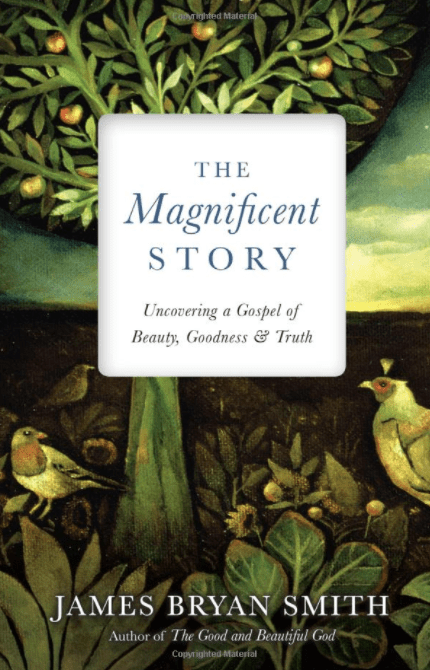 In my life four theologians have illuminated Edwards the most for me. George Marsden in his classic biography, Gerry McDermott (along with Michael McClymond, but I’ve talked Edwards with Gerry for a number of years), John Piper’s singular focus on the glory of God as mediated through Edwards and now, one of the next interpreters of Edwards, Kyle Strobel.
In my life four theologians have illuminated Edwards the most for me. George Marsden in his classic biography, Gerry McDermott (along with Michael McClymond, but I’ve talked Edwards with Gerry for a number of years), John Piper’s singular focus on the glory of God as mediated through Edwards and now, one of the next interpreters of Edwards, Kyle Strobel.
Marsden’s not so interested in being a specialist on Edwards theology, Piper’s focus has been pastoral and his own version of Edwards as first formed in his Desiring God, but the two major students of Edwards for me today are McDermott (and McClymond, can’t forget the Mc family names) and Kyle Strobel. Strobel varies at times notably from McDermott and from Piper, so for those of us who both read Edwards and about Edwards, Strobel will be with us in the journey. He did his doctoral research on Edwards and, if he chooses that direction in his academic career, Stobel will become a leading Edwards scholar.
How would you explain that the sight of God, the beatific vision, is the “tip of happiness”? What’s your favorite Edwards writing?
Kyle’s newest offering on Edwards is a fine book on spiritual formation and Christian living called Formed for the Glory of God: Learning from the Spiritual Practices of Jonathan Edwards, and I want to develop some ideas in that book.
Before we dig in I want to observe that the glory of God is not the End; the End of Life is Love of God and Love of others as one loves oneself. Sometimes Edwards fans, Piper is one, focus too much on God’s glory but I see glory as the effulgence of love. When we love God in response to God’s love, when we love others out of that divine love, the glory of God emerges. But glory is the effect but the End is love. This makes a difference, sometimes massively, other times only as a slight correction. I would say we are formed for the love of God (and others) and that formation leads to the glory of God.
I have said this before: more people criticize Edwards, sometimes ruthlessly, than have read him. To read him is to come to know someone who loved God and who loved to dwell in the presence of God. Yes, his sermon is famous and I disagree with major dimensions of it, but a man ought not to be judged by one sermons or even one idea. Many reduce Edwards the way many reduce the Puritans to the scorching presentation of Dimmesdale in Hawthorne’s The Scarlet Letter or to his depictions in “Young Goodman Brown.” Time for more to pick up Edwards and actually read him, and Kyle’s recommendation is to begin with Charity and Its Fruits, an edition of which he has edited.
The Christian life for Edwards was a journey, a journey into the beatific vision where sight of God becomes the all-consuming glorious relational, but always less than absolute, knowledge of God. For Edwards, and I wish more emphasized this about him (the same goes for Augustine), heaven is a world of love where people love God and God’s love creates love for others. Edwards’ heaven is theocentric.
It is about seeing God, and this sight is the “tip of happiness.” Notice that the word “beatific” means “happifying”: that is, sight of God, the purse sight of God, makes a human full and most joyous. Edwards’ favorite verses about seeing God: 1 Cor 13:12; 2 Cor 3:18; 2 Cor 4:6. [Toggle over the verses and they will appear.]
This knowledge of God is christocentric: God is known in God’s image, Christ; face-to-face knowledge is relational knowledge not just informational knowledge; in Christ we find the one who both reveals and is revealed. This kind of knowledge is love. We learn in Christ that God reveals and that God loves us and that God is for us. We share — and here Edwards is perichoretic at some level — in the Father’s love for the Son and the Son’s love for the Father. We participate in that love.














